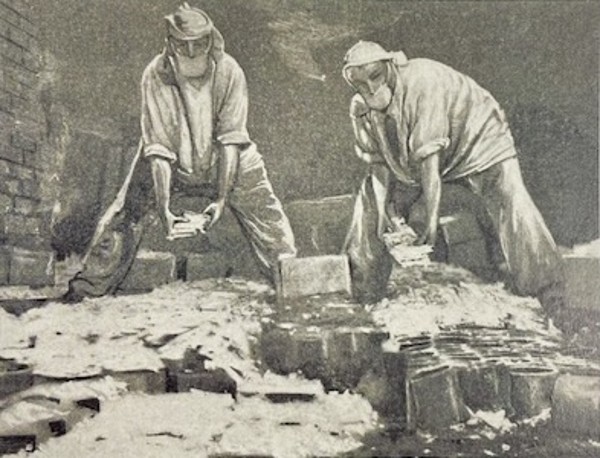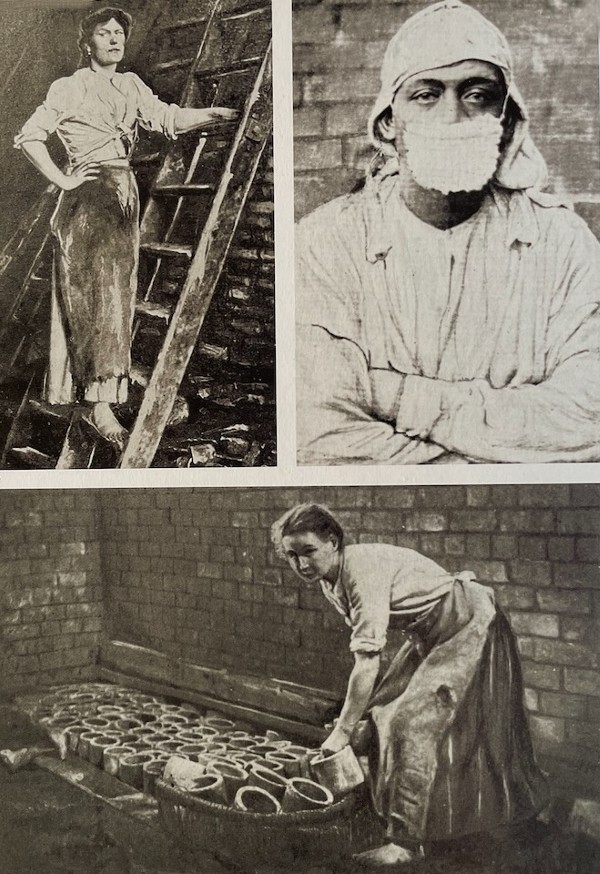Lead paint, as commonly referred to, actually consists of linseed paint with added white or red lead pigment. Variations of linseed paint have been utilised for centuries, incorporating heavy metal pigments such as arsenic, cobalt, lead, and copper. Despite their remarkable performance, these pigments are notoriously toxic.
Awareness of the harmful effects of lead dates back centuries, yet its use persisted until relatively recent times, with Europe ceasing its use in the 1970s and the USA in the 1980s. Detailed descriptions of lead white production can be found in various publications, including "The Painter’s and Colourman’s Complete Guide" from 1830 by P.F. Tingry.
“Sheets of lead about two feet long, five inches broad and a quarter of an inch thick, are rolled up in loose coils, and placed in earthen pots, each capable of holding six pints of fluid, but into it as much vinegar only is poured as will rise so high as not to touch the lead, which rests on a ledge half way down. The pots are then buried in fresh stable litter, where they remain for about two months, during which time the vapours of the vinegar, elevated by the heat of the dung, oxidize the surface of the lead, and the oxide combines with the carbonic acid gas evolved from the fermenting materials of the bed. The carbonate appears as a white scaly brittle matter on the surface of the lead, and is separated by spreading the coils upon a perforated wooden floor, covered with water, and drawing them to and fro by rakes, which process detaches the white lead, and causes it to sink through the water and the holes of the floor to the bottom of a vessel placed below. It is afterwards ground in mills with water, and then dried in earthen pans, placed in stoves. It was formerly ground dry, by which method, from its deleterious nature, the workmen suffered severely.”
Workers in lead production often accepted hazardous jobs in pursuit of higher earnings, aspiring to secure a more prosperous future for their children. Safety measures were gradually introduced, with the 1883 Factory and Workshop Act implementing initial regulations, and further restrictions prohibiting women from working in the industry enacted in 1896.
The breakthrough came with the commercial availability of titanium white in 1921, offering a safer alternative to lead white. While lead white boasted exceptional efficacy as a paint pigment, its toxicity remained a significant concern.
Today, the correct blend of zinc and titanium white can deliver nearly identical performance without the associated health risks.
The accompanying images illustrate the production process of white lead. The original source is unknown but is featured in "The Anatomy of Colour" by Patrick Baty.



